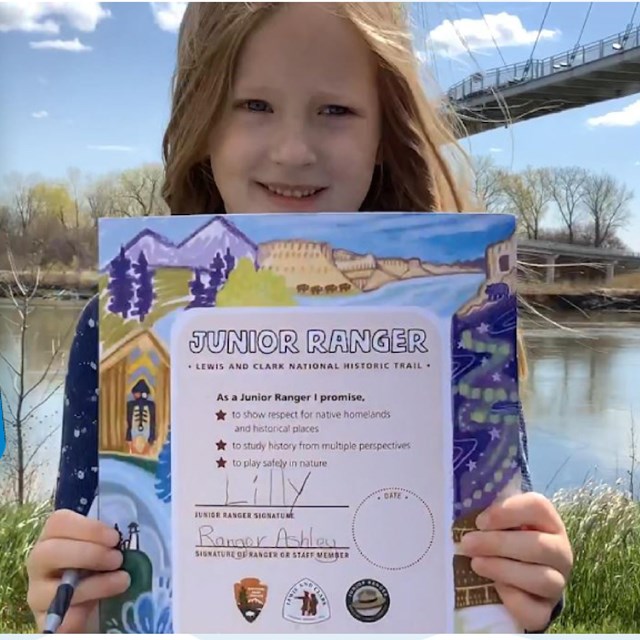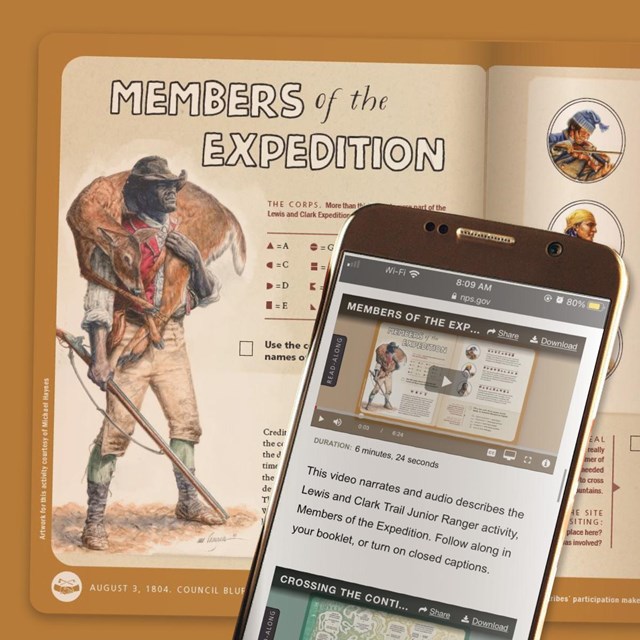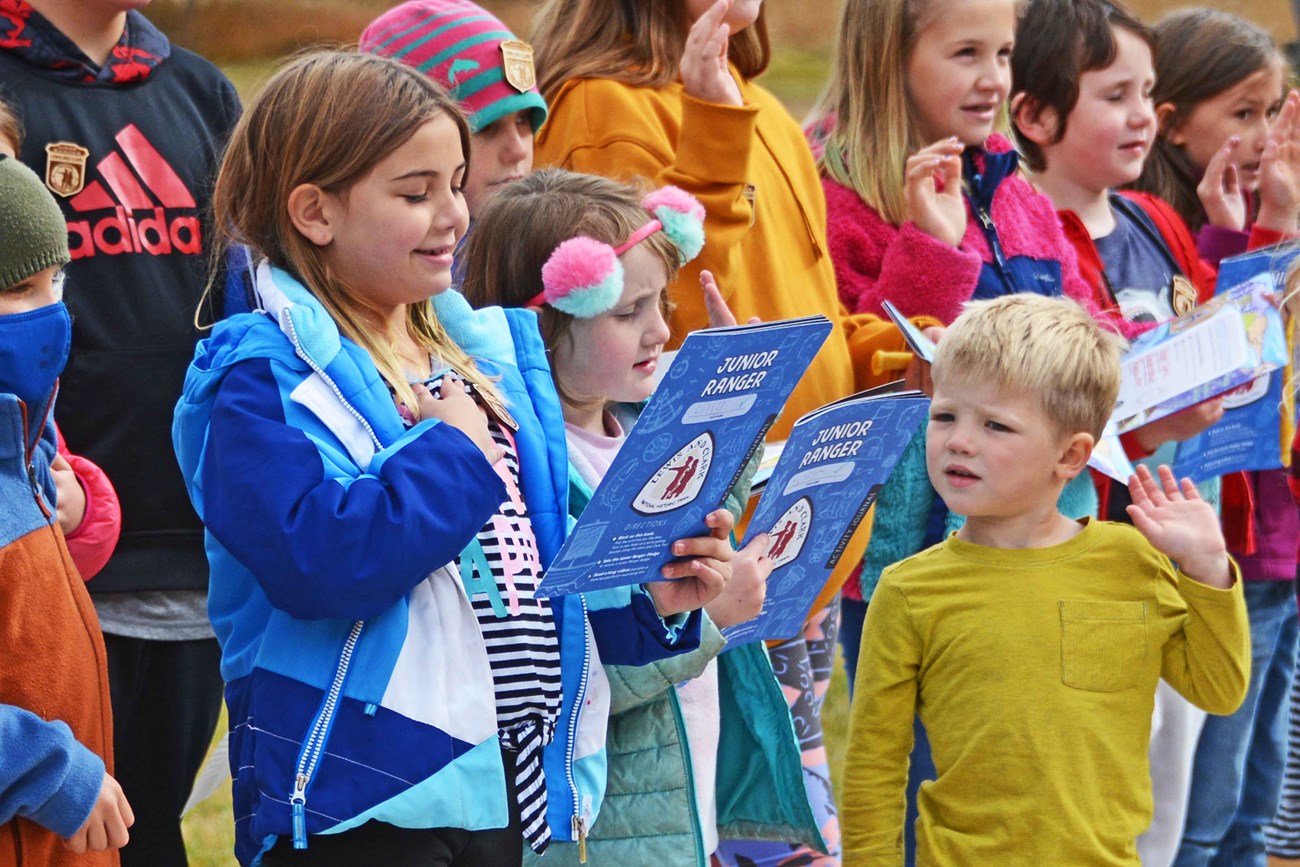
Dale Dufor, Travelers' Rest Volunteer. 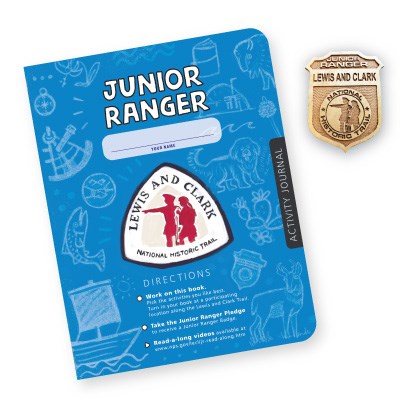
Earn your badge in personThe Lewis and Clark Trail Junior Ranger program is available at more than 30 locations along the 4,900 mile Lewis and Clark National Historic Trail. To earn a Junior Ranger badge, you'll work on an activity booklet. Activities will guide you to check out the place you're visiting and to find out why that place is important to the Lewis and Clark Expedition story. As you fill-in-the-blanks, you'll learn about Native lands. As you decode messages, you'll get to know expedition members’ diverse backgrounds and skills.Ready to get started? Find a participating location along the Lewis and Clark National Historic Trail where you can pick up your free activity booklet. 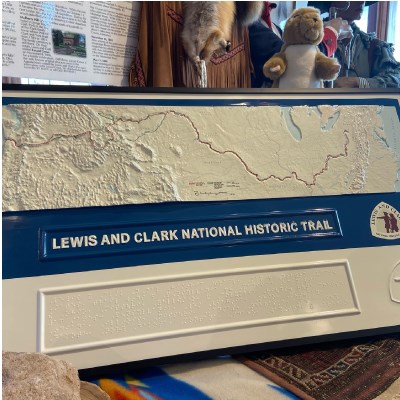
Credit: Historic Fort Steuben. Find fun, accessible featuresYou can hear the Junior Ranger booklet's activities narrated and audio-described by checking out Online Read-Along videos. Find the link to these Read-Along videos on the cover of your Junior Ranger booklet.Hear indigenous names of plants and animals featured in the Junior Ranger booklet by visiting the Native Names page. Tactile maps are now available at every site hosting the program. These raised relief maps help participants understand 4,900 mile Lewis and Clark Expedition route across North America. They're particularly helpful if you are blind or have low vision. 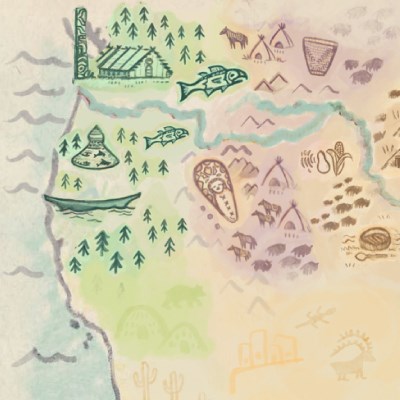
Earn your badge at homeYou can also earn and print a Lewis and Clark Trail Junior Ranger Online badge at home. Check out Lewis and Clark Junior Ranger Online! Complete the online activities, take the pledge, and print out your Junior Ranger badge.Junior Ranger Online & In Person
|
Last updated: November 22, 2021


